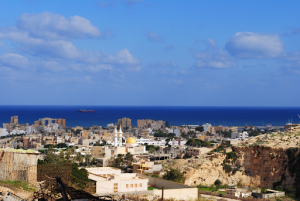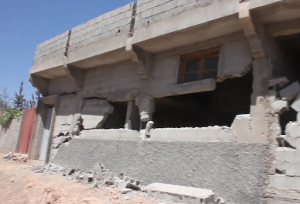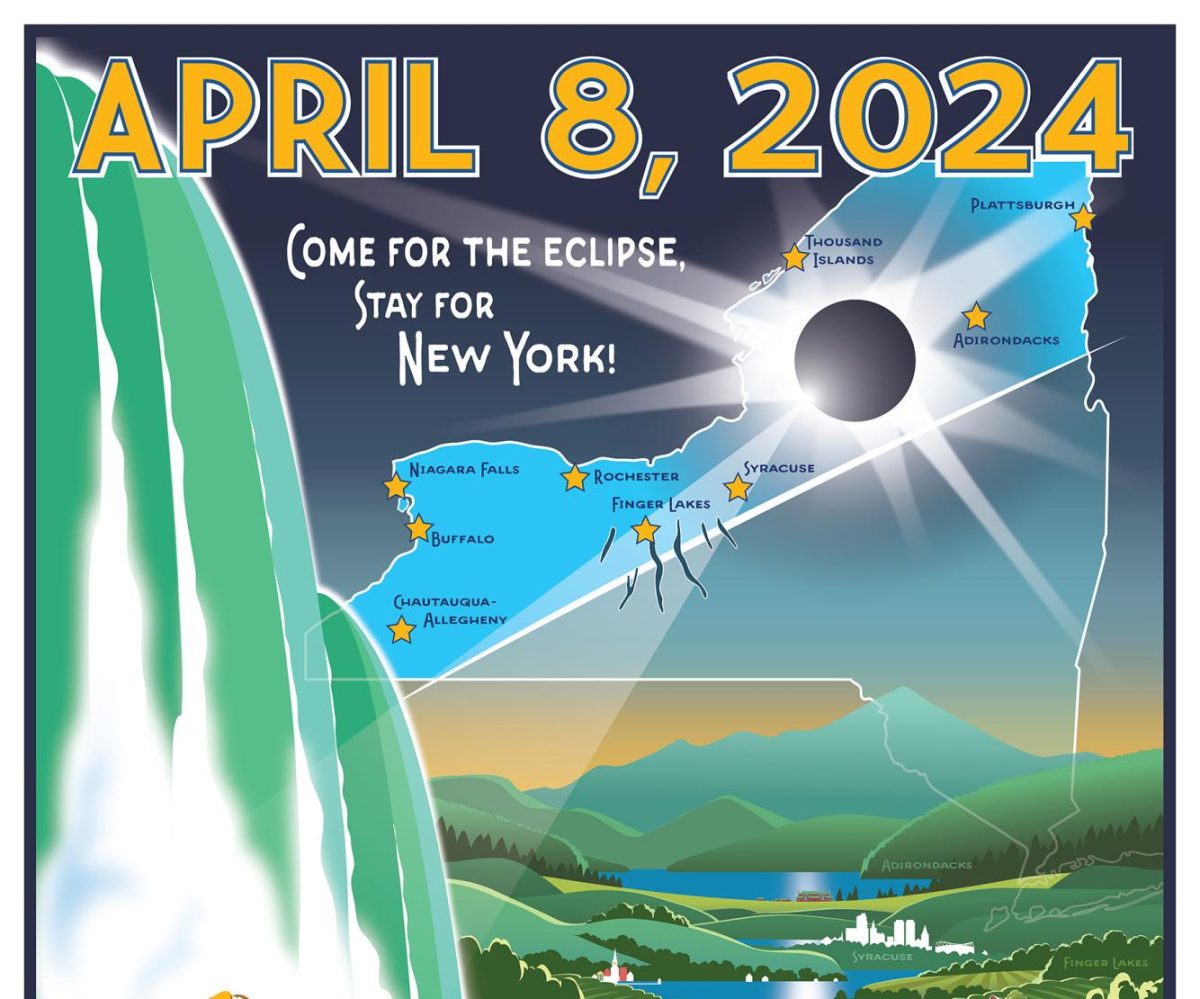
Naji. “City of Darnah right on the coast of the Mediterranean.” 2008. Flickr.
DERNA, Libya: This past weekend, just days after a tragic earthquake hit Morocco on Friday evening, Libya experienced what experiments are estimating “the deadliest storm ever to strike the Mediterranean and the costliest in Africa,” according to Politico. The port city of Derna feels the greatest impact, with surrounding regions similarly crumbling as the death toll continues to climb, reaching estimates of over 10,000 dead and over 30,000 left homeless.
Over the last week and a half, the Mediterranean is experiencing extreme weather with the presence of Storm Daniel, the deadliest of its kind since Cyclone Nargis in 2008. The storm, deemed a “medicane” for its location and hurricane-like qualities, is exacerbated due to Libya’s poor infrastructure, particularly concerning its dams.
Such was the case in Derna, where the collapse of two major dams was the cause of the worst of the destruction. In addition to the two main dams that collapsed, a third dam, the Jaza, struggled to resist collapse as it “filled with water and [was] on the brink of collapse,” Libyan television channel Masar told the New York Times. The dams, built in the 1970s, had not been updated nor regulated regularly since, shedding light on the economic and political plunder surrounding the North African nation for over a decade.
Libya has been a broken country for over a decade; following the partitioning of the country in 2011 when Moammar Gahdafi was overthrown, the nation has become careless in their treatment of infrastructure, weather technologies, and basic safety protocols. With two separately operable governments, the country remains in no state to organize the rescue and recovery efforts necessary, prompting many to point fingers at the officials. While climate change has been cited as a factor explaining the intensity of the storm, it has been widely reported that the failures of Libya itself – including going over a decade without an official weather reporting system – as the predominant cause of the severity.

Photo Credit: alyaoum24, CC BY 3.0 via Wikimedia Commons
Meanwhile, two countries to the west, Morocco is reeling from a magnitude 6.8 earthquake that struck the city of Marrakesh late last Friday night. With comparably concerning infrastructure problems to that of Libya, many of the unstable – often ancient – buildings found in the southwest city collapsed despite the country’s attempts in recent years to lessen major earthquake impacts.
As in Libya, officials in Morocco have struggled to reach the many impacted areas hit by the earthquake’s rippling effects, with some criticizing the government’s response despite its monetary pledge of millions on relief. Moroccan head of state Mohammad VI, has “remained generally tight-lipped about the situation,” waiting “many hours” before releasing any sort of statement regarding the state of the nation.
The disasters in Libya and Morocco highlight how a lack of government oversight concerning infrastructure and safety can cost countless lives. As the world experiences increasingly severe natural disasters due to climate change, it is imperative to the safety of millions to exercise proper procedures that account for the wellbeing of a nation’s population. Libya and Morocco have served as a sobering example of governmental neglect, one that hopefully can be avoided in the future.





